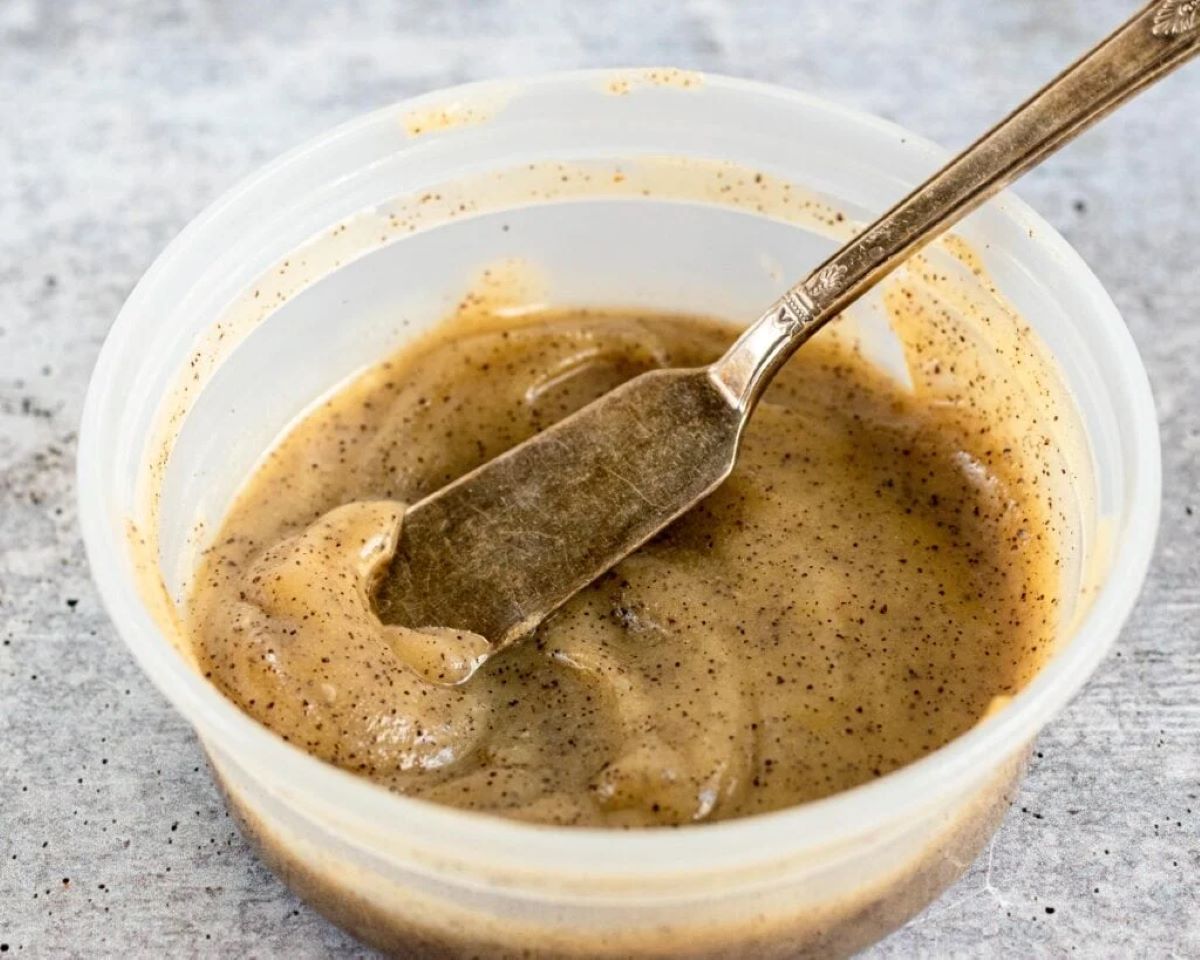

Articles
How To Store Brown Butter
Modified: December 7, 2023
Learn how to store and preserve the rich flavors of brown butter with our helpful articles. Discover the best techniques for maintaining its freshness and taste.
(Many of the links in this article redirect to a specific reviewed product. Your purchase of these products through affiliate links helps to generate commission for Storables.com, at no extra cost. Learn more)
Introduction
Butter is a beloved and versatile ingredient used in countless recipes, adding rich flavor and a creamy texture to dishes. While traditional butter is a staple in most kitchens, there’s another version that takes the buttery experience to a whole new level: brown butter.
Brown butter, also known as beurre noisette, is made by cooking butter until the milk solids turn brown, creating a nutty and caramelized flavor. It adds a depth of taste that regular butter simply can’t match. But just like regular butter, brown butter needs to be stored properly to maintain its quality and prevent spoilage.
In this article, we will explore why it is important to store brown butter correctly, the factors that can affect its shelf life, the proper storage techniques, and how to identify spoilage. By following these guidelines, you can ensure that your brown butter remains fresh and delicious for as long as possible.
Key Takeaways:
- Proper storage of brown butter is crucial to preserve its rich, nutty flavor and creamy texture. Airtight containers, cool environments, and regular inspection help maintain its quality and extend its shelf life.
- Whether stored in the refrigerator or freezer, brown butter can last for weeks or months when properly stored. Look out for signs of spoilage and trust your senses to ensure its freshness and safety for consumption.
Read more: How To Store Butter
Why Brown Butter Needs to be Stored Properly
Brown butter offers a unique and enticing flavor profile that enhances a wide range of dishes, from pastries and sauces to vegetables and proteins. However, its distinct taste and aroma can quickly deteriorate if it is not stored properly. Here are a few reasons why it is crucial to store brown butter correctly:
Preserve Flavor: Proper storage techniques help maintain the rich, nutty flavor of brown butter. Exposure to air and other external elements can cause the butter to develop off-notes and lose its characteristic taste. By following the right storage methods, you can ensure that the flavor of your brown butter remains intact.
Prevent Rancidity: Butter, including brown butter, contains milk solids and water. These components can spoil over time if exposed to air and heat. Rancidity, characterized by an unpleasant odor and taste, can ruin the quality of the butter. To avoid this, it is essential to store brown butter in a way that minimizes exposure to these deteriorating factors.
Maintain Texture: Brown butter has a distinct creamy texture that can change if not stored properly. Improper storage can result in the separation of the fat and water content, leading to a greasy or grainy consistency. By employing the correct storage techniques, you can ensure that the texture of your brown butter remains velvety and smooth.
Extend Shelf Life: Storing brown butter correctly helps prolong its shelf life, allowing you to enjoy its exquisite flavors for a longer period. With the right storage methods, you can prevent spoilage and extend the usability of your brown butter, reducing waste and saving money in the process.
By understanding the importance of proper storage, you can maintain the quality, flavor, and texture of your brown butter, enhancing the culinary creations you incorporate it into. In the following sections, we will explore the factors that can affect the shelf life of brown butter and the best techniques for storing it.
Factors Affecting the Shelf Life of Brown Butter
The shelf life of brown butter can be influenced by a variety of factors. Understanding these factors will help you take the necessary steps to extend the longevity of your brown butter. Here are the key factors that can affect the shelf life of brown butter:
Exposure to Air: Oxygen can speed up the oxidation process of brown butter, leading to rancidity and off-flavors. When storing brown butter, make sure to minimize its exposure to air by using airtight containers or wrapping it tightly with plastic wrap.
Temperature: Both room temperature and heat can impact the shelf life of brown butter. At higher temperatures, the butter can melt, separate, and become susceptible to spoilage. It is important to store brown butter in a cool environment, away from direct sunlight and heat sources.
Milk Solids: Brown butter contains milk solids that can contribute to its deterioration if not properly stored. The milk solids can become a breeding ground for bacteria, causing spoilage. Keep this in mind when storing brown butter to avoid contamination and maintain its freshness.
Light Exposure: Exposure to light, especially direct sunlight, can degrade the quality of brown butter. UV rays can accelerate the breakdown of fats and antioxidants in the butter, leading to off-flavors and reduced shelf life. To protect your brown butter, store it in a dark and cool place.
Proper Sealing: The way you seal brown butter plays a crucial role in its shelf life. Using airtight containers, such as glass jars or plastic containers with tight-fitting lids, is highly recommended. This prevents air from reaching the butter, preserving its quality for longer.
Contamination: Proper hygiene and cleanliness are essential when storing brown butter. Make sure to use clean utensils when handling the butter, and avoid cross-contamination with other foods. Keep the storage container and its surrounding area free from bacteria and contaminants to ensure the longevity of your brown butter.
By considering these factors and implementing the appropriate storage techniques, you can significantly extend the shelf life of your brown butter, ensuring its freshness and exquisite flavors are preserved. In the next section, we will delve into the proper storage techniques for brown butter, both in the refrigerator and the freezer.
Proper Storage Techniques for Brown Butter
To maintain the freshness and quality of brown butter, it is essential to follow proper storage techniques. Whether you plan to store it in the refrigerator or the freezer, here are the best practices for storing brown butter:
1. Refrigerator Storage:
- Allow the brown butter to cool down to room temperature before storing it.
- Transfer the brown butter to an airtight container, such as a glass jar or a plastic container with a tight-fitting lid.
- Ensure the lid or cover is secured tightly to prevent air from entering.
- Label the container with the date to keep track of its freshness.
- Store the brown butter in the refrigerator, preferably in the back where it is colder and away from temperature fluctuations caused by opening and closing the refrigerator door.
2. Freezer Storage:
- Cool the brown butter to room temperature and transfer it to an airtight container or divide it into smaller portions for convenient use.
- For added protection, wrap the container with a layer of plastic wrap, ensuring it is tightly sealed.
- Label the container with the date and contents.
- Place the brown butter in the freezer, ideally in the coldest part of the freezer, away from any temperature fluctuations.
Whichever storage method you choose, make sure to follow these additional tips:
- Never store brown butter in the original packaging as it is not airtight and may lead to contamination.
- Avoid storing brown butter near foods with strong odors, as butter can absorb these odors easily.
- Do not store brown butter for an extended period. While it can last several weeks in the refrigerator and several months in the freezer, the flavor and quality will gradually diminish over time.
- Keep in mind that the texture of brown butter may change in the freezer, becoming slightly grainy. However, this won’t affect the overall taste when used in recipes.
By following these storage techniques, you can preserve the freshness and flavors of your brown butter, ensuring that it remains ready for use in your culinary endeavors. However, it’s important to know how to identify when the butter has gone bad. In the next section, we will discuss the signs of spoiled brown butter.
After browning the butter, let it cool to room temperature before transferring it to an airtight container. Store in the refrigerator for up to 1 month or in the freezer for up to 3 months.
Storing Brown Butter in the Refrigerator
The refrigerator is a convenient and commonly used method for storing brown butter. When properly stored in the refrigerator, brown butter can maintain its freshness and flavors for several weeks. Here are the steps to store brown butter in the refrigerator:
- Allow the brown butter to cool down to room temperature before storing it. This prevents condensation from forming inside the container.
- Transfer the brown butter into an airtight container. A glass jar or a plastic container with a tight-fitting lid works well for this purpose. Make sure the container is clean and dry.
- Seal the container tightly to minimize air exposure. This prevents the butter from absorbing any odors or losing its flavor.
- Label the container with the date of storage. This will help you keep track of its freshness and usage.
- Store the brown butter in the refrigerator, preferably in the back where it is colder and less susceptible to temperature fluctuations when you open and close the refrigerator door.
Properly stored brown butter can maintain its quality for several weeks, but it’s important to keep an eye out for signs of spoilage. Check for any changes in color, texture, or smell before using it in your recipes. If you notice any abnormalities, discard the butter to avoid any potential health risks.
It’s worth noting that brown butter may develop a layer of solidified fat on top when refrigerated. This is normal and can easily be melted or incorporated back into the butter by gently heating it before use.
Remember to keep storage conditions in mind when retrieving the brown butter from the refrigerator. Avoid leaving it out at room temperature for too long, as this can lead to spoilage. Instead, take out the amount of butter you need for your recipe and return the rest to the refrigerator as soon as possible.
Storing brown butter in the refrigerator is a convenient way to preserve its freshness and flavors for extended periods. However, if you need to store it for even longer periods, the freezer storage method is your best option. We will explore freezer storage in the next section.
Read more: How To Store Shea Butter
Storing Brown Butter in the Freezer
Freezing brown butter is a great option if you want to extend its shelf life beyond a few weeks. When properly stored in the freezer, brown butter can remain fresh and flavorful for several months. Here’s how to store brown butter in the freezer:
- Cool the brown butter to room temperature. This prevents condensation and ice crystals from forming.
- Transfer the brown butter to an airtight container or divide it into smaller portions for easy use later on. Make sure to leave some headspace in the container as liquids tend to expand when frozen.
- For added protection against freezer burn, wrap the container with a layer of plastic wrap. Ensure that it is tightly sealed to prevent any air from getting in.
- Label the container with the date and contents. This will help you keep track of its freshness and avoid confusion when retrieving it from the freezer.
- Place the container of brown butter in the coldest part of the freezer, away from any temperature fluctuations caused by frequent door openings.
When you’re ready to use the brown butter, remove it from the freezer and let it thaw in the refrigerator. This gradual thawing helps maintain the butter’s texture and quality. If you need to quickly thaw a small amount of butter, you can place the desired portion in a microwave-safe bowl and defrost it using the microwave’s lowest power setting or the defrost setting. Monitor it closely to prevent melting or overheating.
While properly stored brown butter can remain safe to eat indefinitely in the freezer, its quality gradually diminishes over time. It’s best to use the frozen brown butter within 6 to 9 months for the best flavor. Always check the appearance, smell, and texture before using it in your recipes.
Remember that freezing can slightly change the texture of brown butter, making it slightly grainy after thawing. However, this texture change won’t affect the overall taste when used in recipes.
By following these steps, you can safely store brown butter in the freezer, prolonging its shelf life and ensuring that you always have some on hand for your culinary creations. However, it’s important to know how to identify when the butter has gone bad. We will discuss the signs of spoiled brown butter in the next section.
Tips for Identifying Spoiled Brown Butter
Though properly stored brown butter can maintain its quality for an extended period, it is essential to know how to identify when the butter has gone bad. Here are some tips for identifying spoiled brown butter:
1. Off Odor: If your brown butter emits a sour, rancid, or unpleasant odor, it is a strong indication that it has spoiled. Fresh brown butter has a nutty and caramel-like aroma, so any foul smells should be a cause for concern.
2. Unusual Appearance: Observe the color and texture of your brown butter. Spoiled butter may develop dark spots, mold growth, or a discolored appearance. It may also have a greasy or grainy texture, indicating that the butter has separated or suffered from freezer burn.
3. Unpleasant Taste: Give your brown butter a taste test. If it tastes off, rancid, or has a bitter flavor, it has likely spoiled. Fresh brown butter should have a rich, nutty taste, so pay attention to any significant deviations from its usual flavor profile.
4. Unusual Growth: Visible mold growth is a clear indication that your brown butter has spoiled. Mold can be harmful, so if you see any signs of it, it is best to discard the butter immediately.
5. Length of Storage: Consider how long you have stored the brown butter. While properly stored brown butter can last for weeks in the refrigerator and several months in the freezer, it is always recommended to use it within a reasonable timeframe. The longer it has been stored, the higher the chances of spoilage.
If you suspect that your brown butter has spoiled based on any of these signs, it is crucial to err on the side of caution. Consuming spoiled butter can lead to food poisoning and other health risks. Therefore, it is best to discard any brown butter that you suspect may be spoiled.
Regularly inspecting the appearance, smell, and taste of your brown butter before using it in your culinary creations will help ensure that it is of high quality and safe to consume. Now that we have explored how to identify spoiled brown butter, let’s summarize the key points in the concluding section.
Conclusion
Proper storage of brown butter is essential to maintain its flavor, texture, and overall quality. By following the right storage techniques, you can extend the shelf life of brown butter and ensure that it remains fresh and delicious for as long as possible.
Whether you choose to store your brown butter in the refrigerator or the freezer, the key is to minimize exposure to air, moisture, and other factors that can contribute to spoilage. Airtight containers, proper sealing, and cool storage environments are crucial for preserving the integrity of your brown butter.
In the refrigerator, brown butter can last for several weeks, while freezer storage can extend its shelf life for several months. Make sure to label and date your containers to monitor freshness and usage. Thaw frozen brown butter in the refrigerator for the best results.
When assessing the quality of brown butter, be on the lookout for signs of spoilage such as off odors, unusual appearance, unpleasant taste, mold growth, or excessive storage time. Trust your senses and discard any butter that shows clear signs of spoilage.
By taking these storage and quality considerations into account, you can enjoy the delightful flavors of brown butter in your cooking and baking ventures without worries of spoilage or compromised taste.
In conclusion, proper storage techniques are crucial for maintaining the freshness and quality of brown butter. By storing it correctly, you can continue to indulge in the delectable nutty and caramelized flavors that brown butter brings to your favorite dishes. So, make sure to follow the guidelines outlined in this article to ensure your brown butter stays in perfect condition, ready to elevate your culinary creations.
Frequently Asked Questions about How To Store Brown Butter
Was this page helpful?
At Storables.com, we guarantee accurate and reliable information. Our content, validated by Expert Board Contributors, is crafted following stringent Editorial Policies. We're committed to providing you with well-researched, expert-backed insights for all your informational needs.
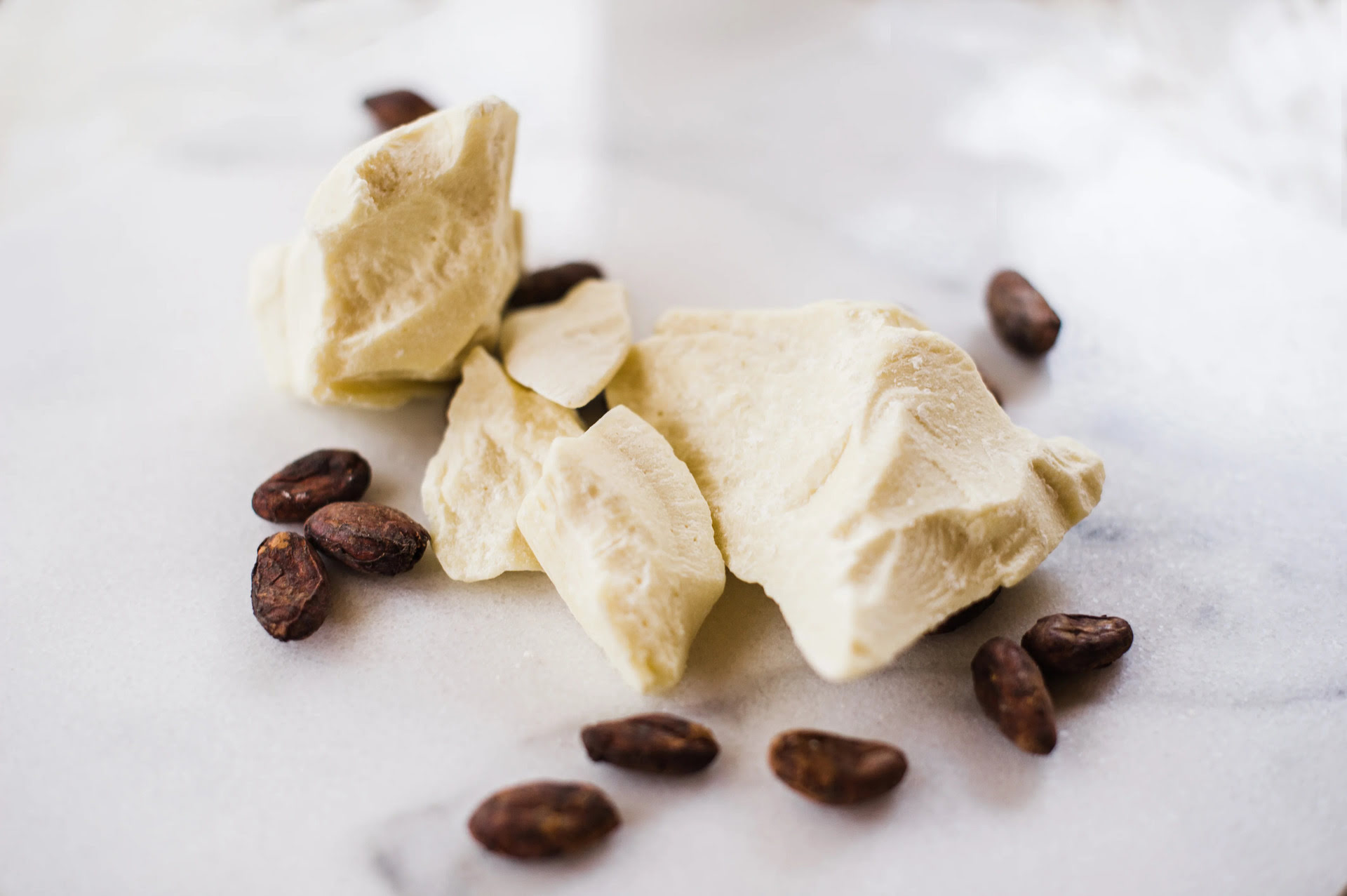
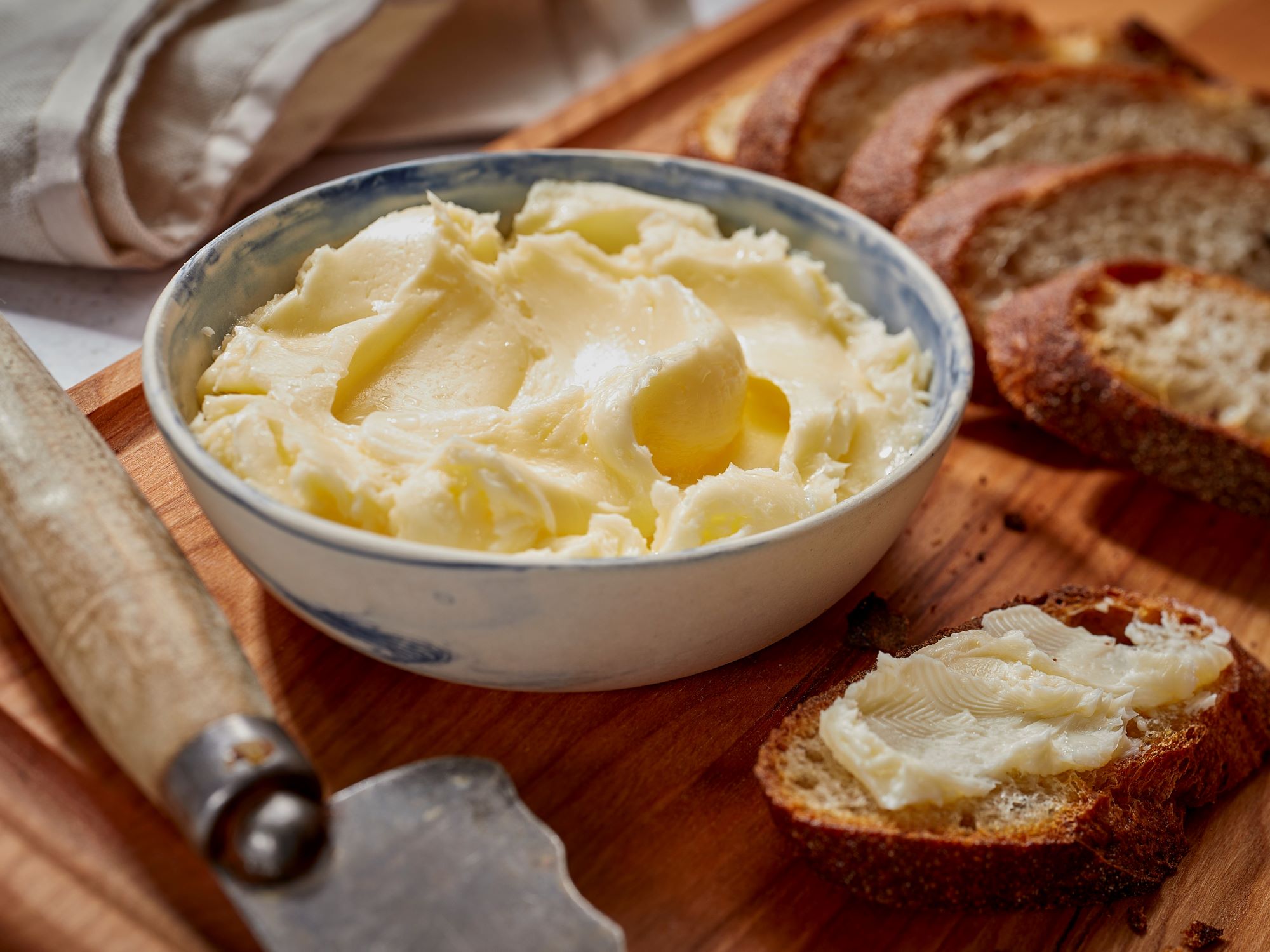
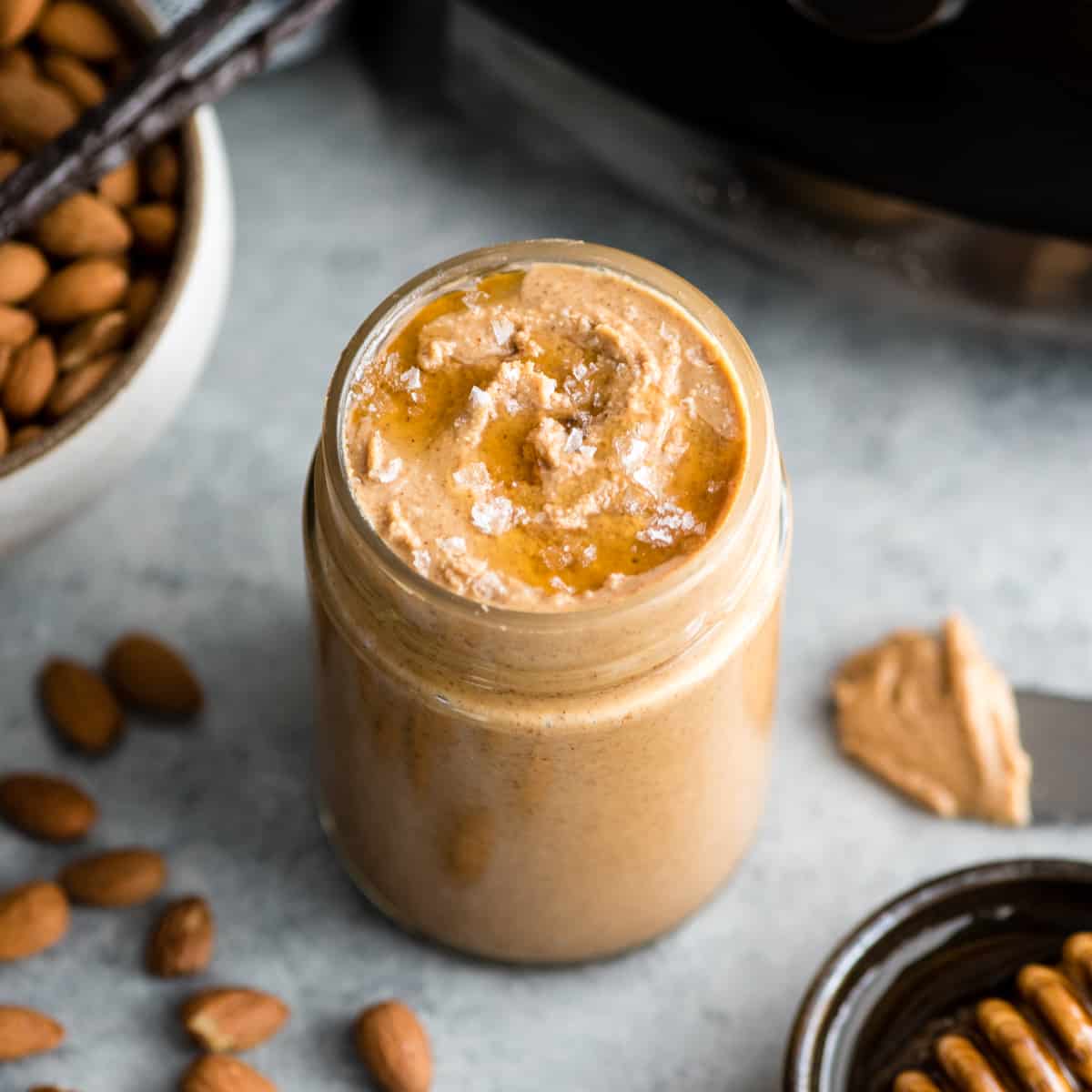
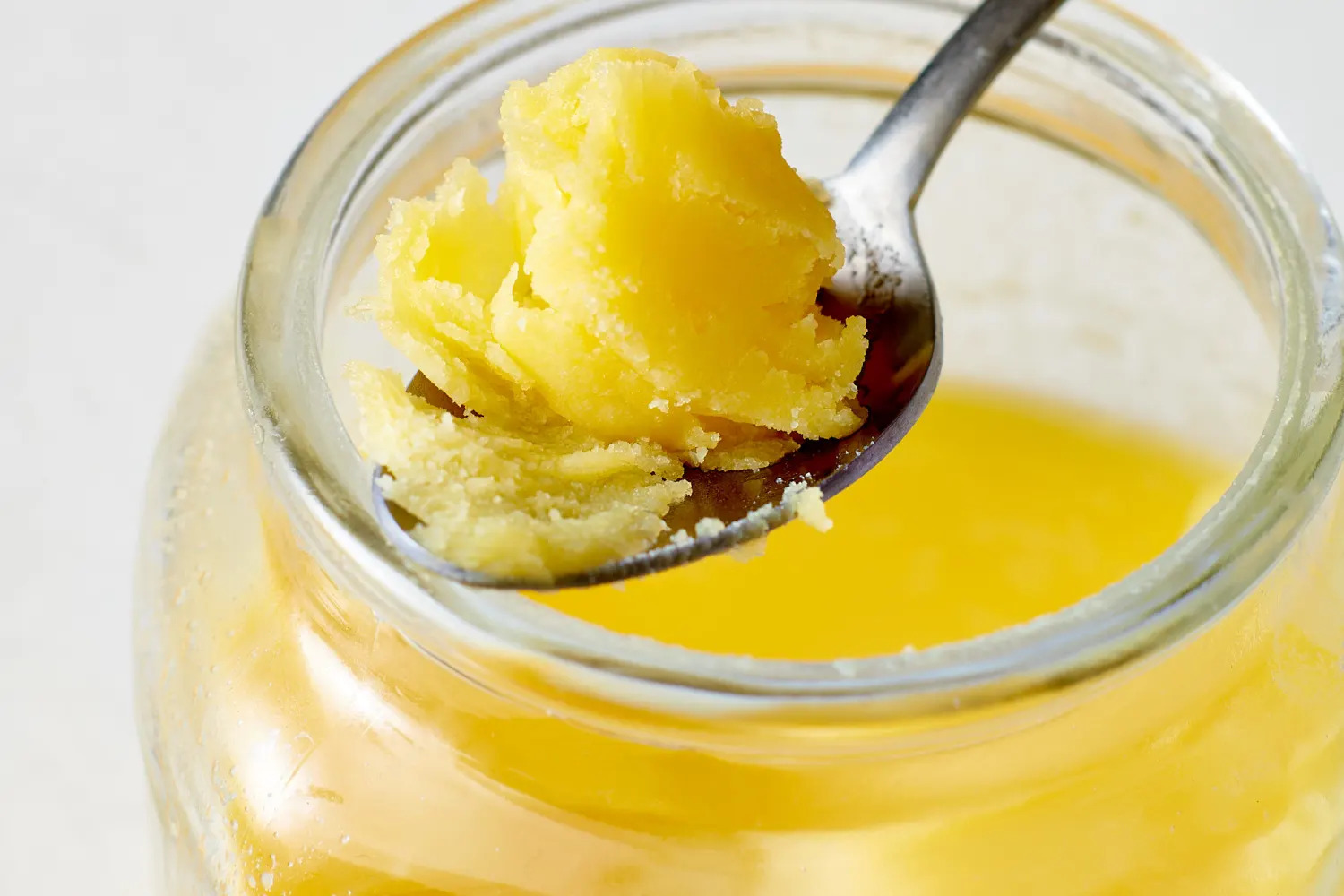

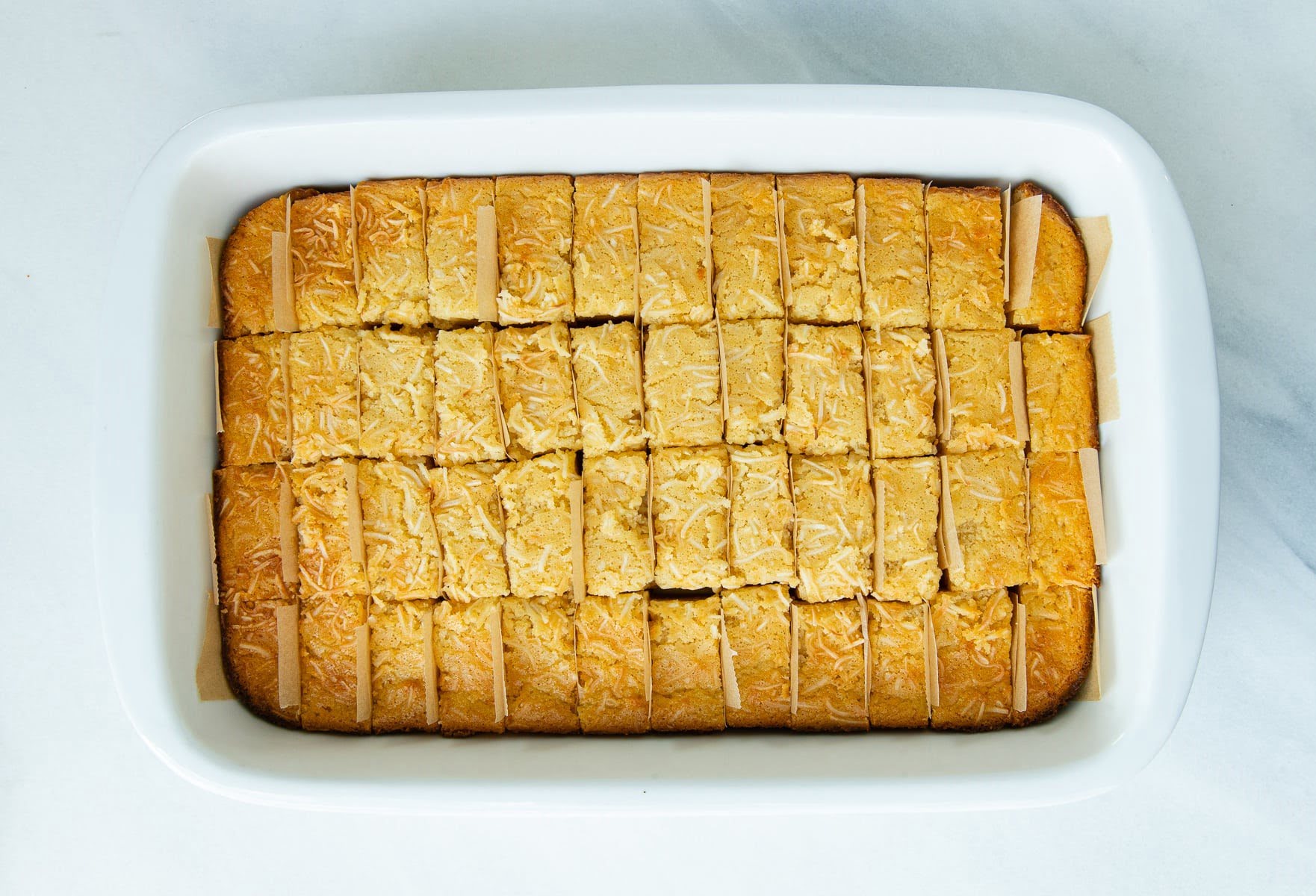
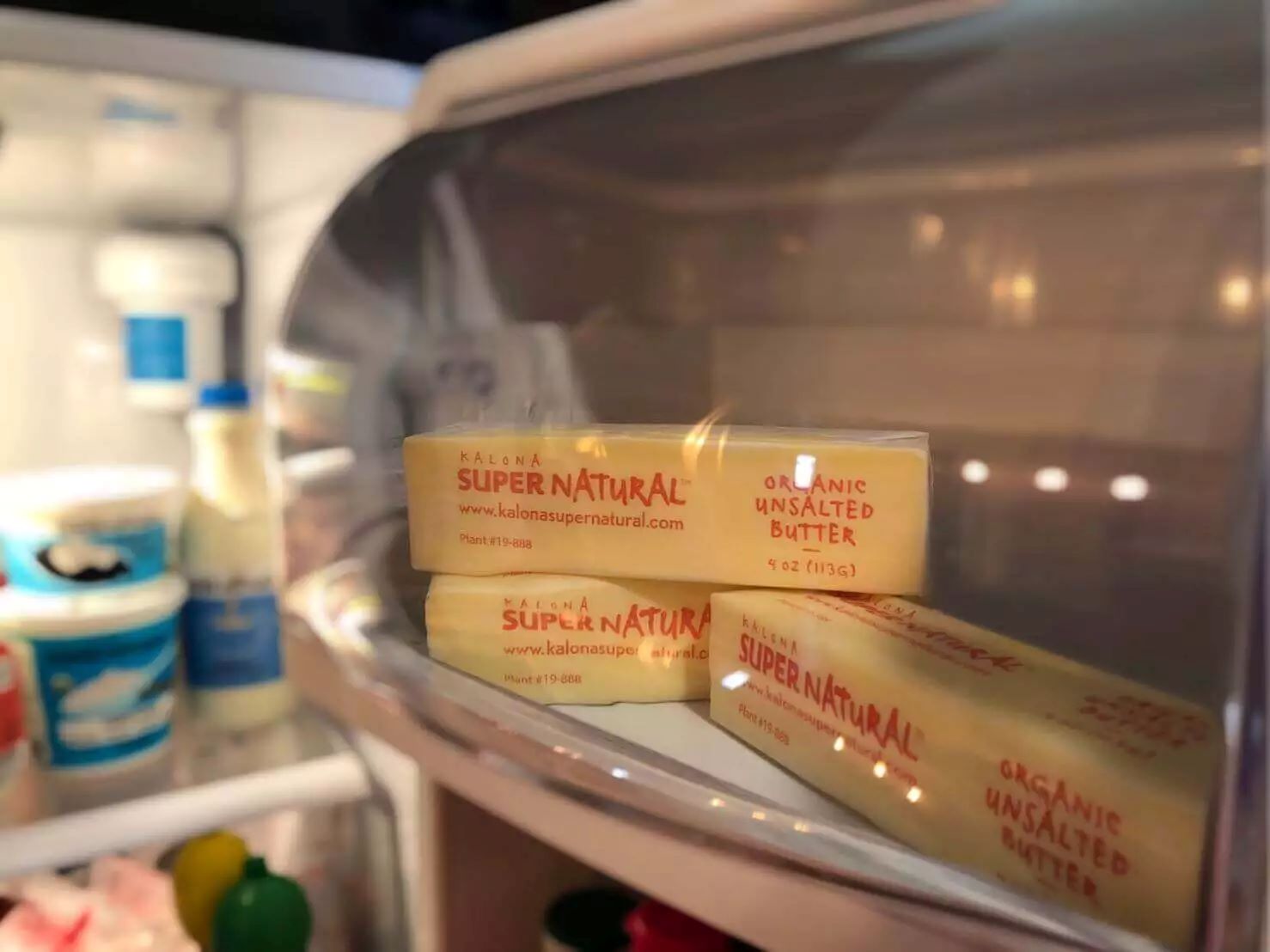

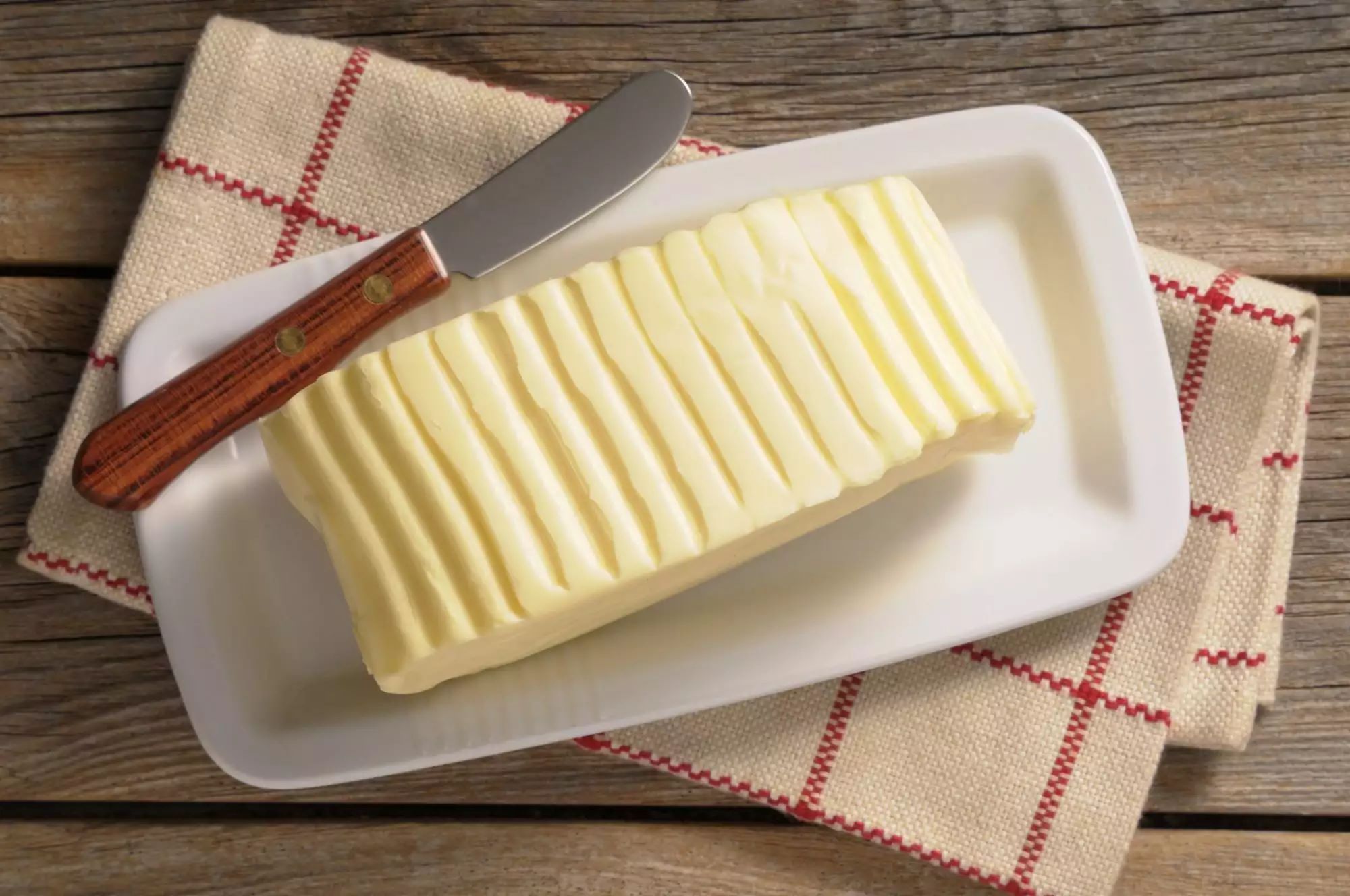
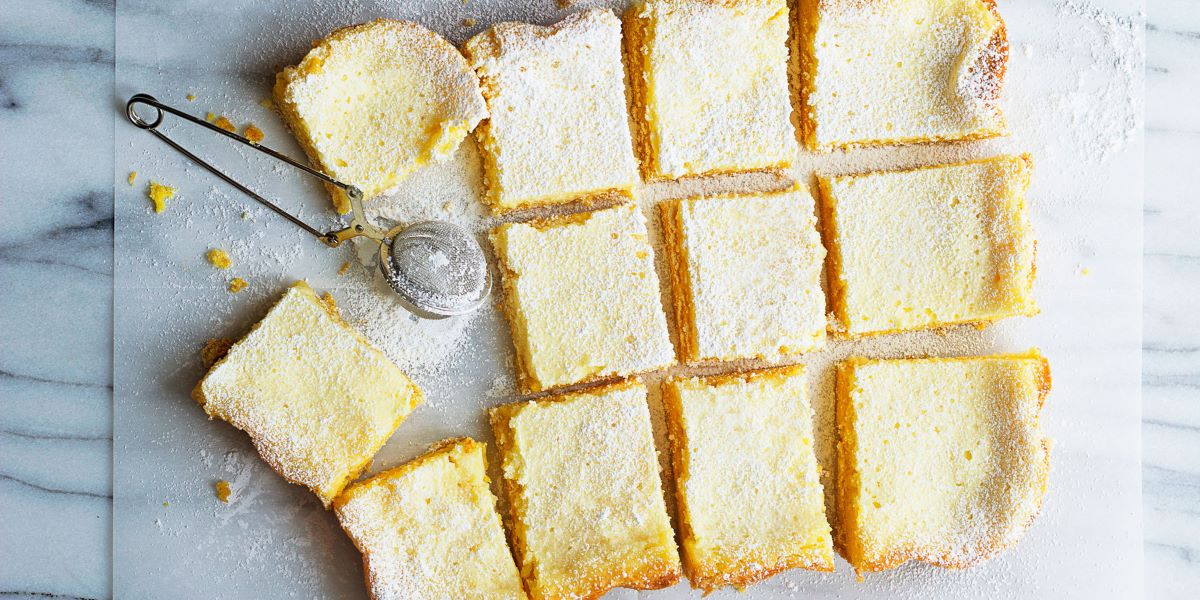

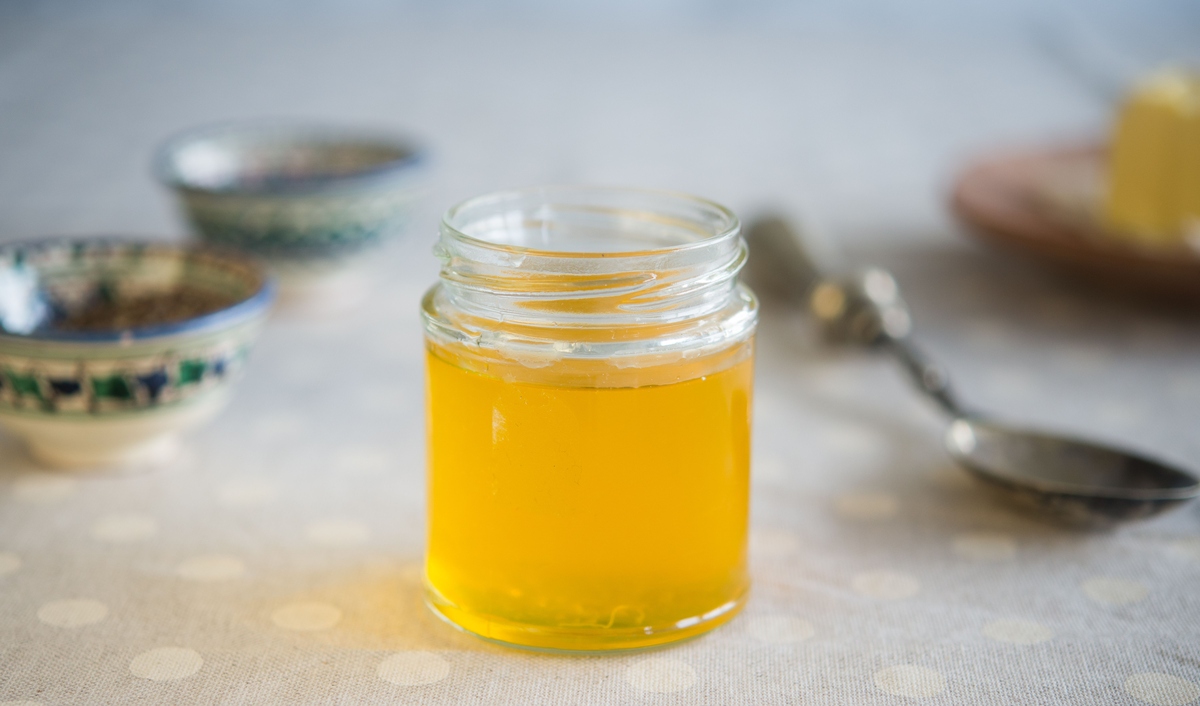
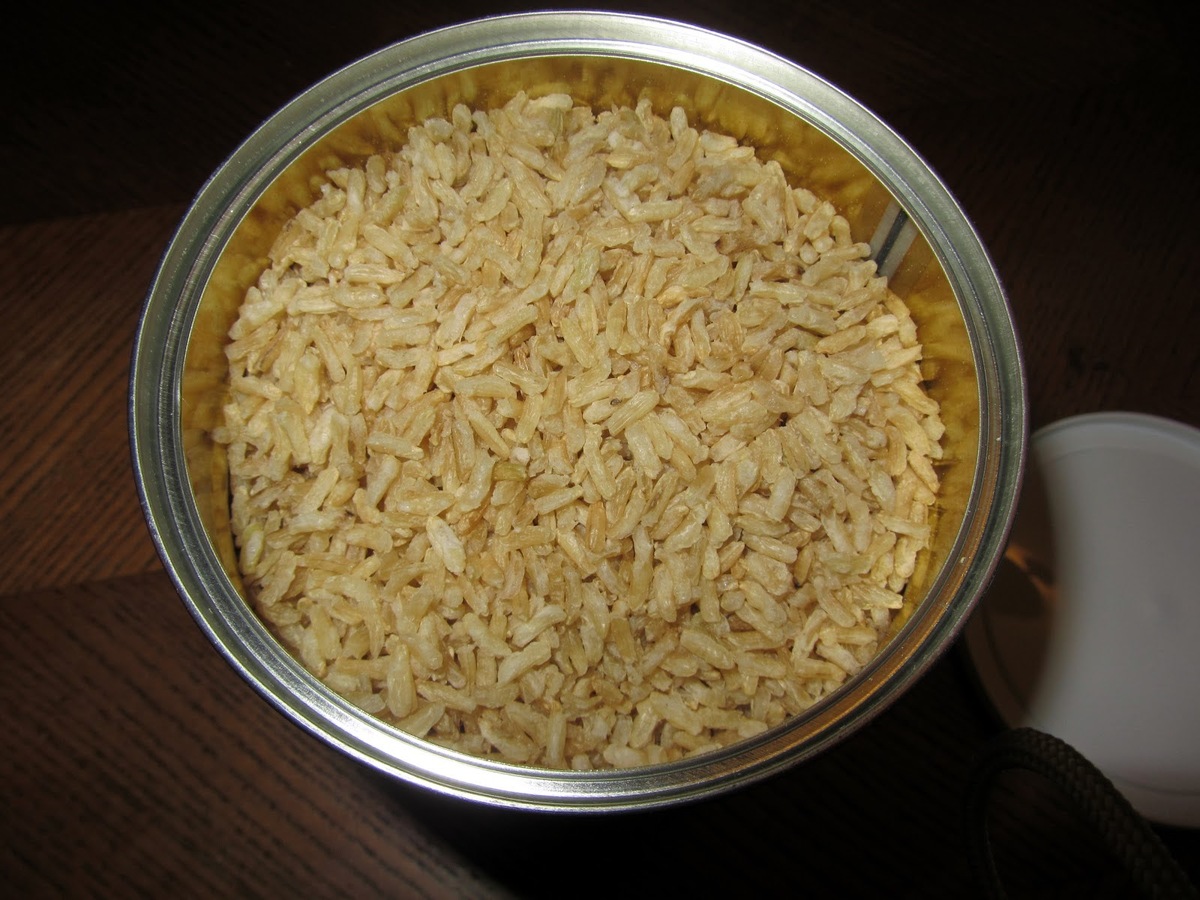


0 thoughts on “How To Store Brown Butter”